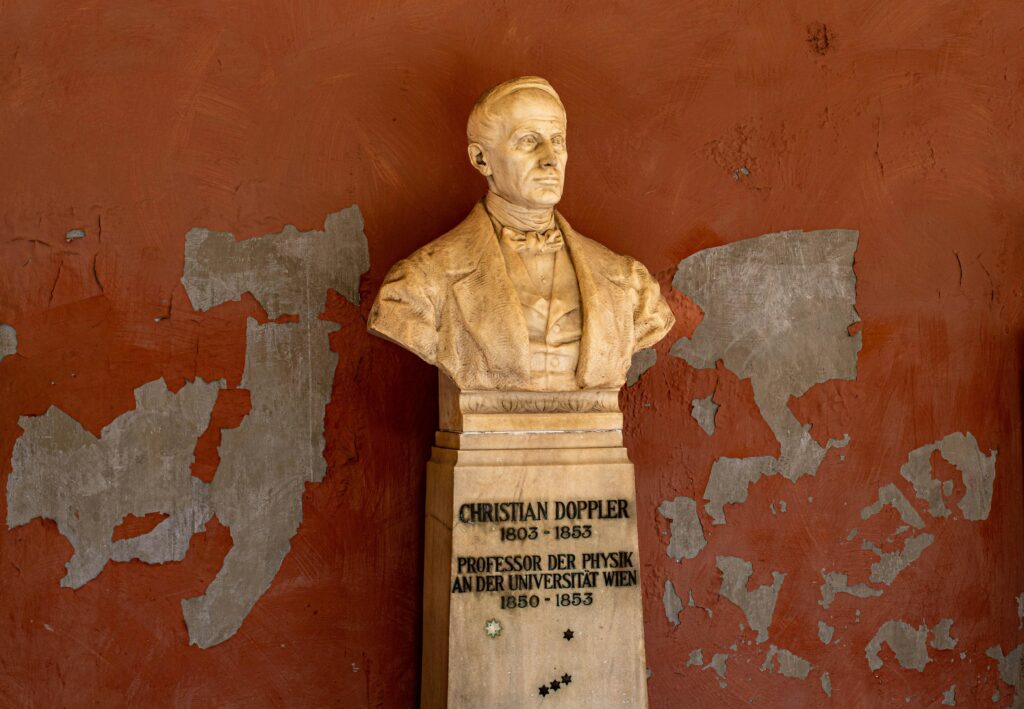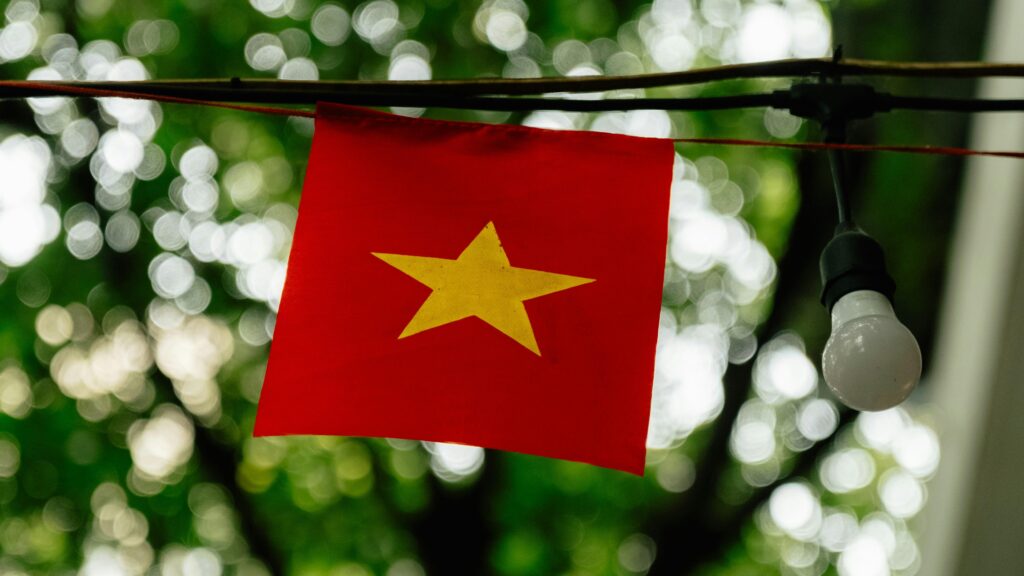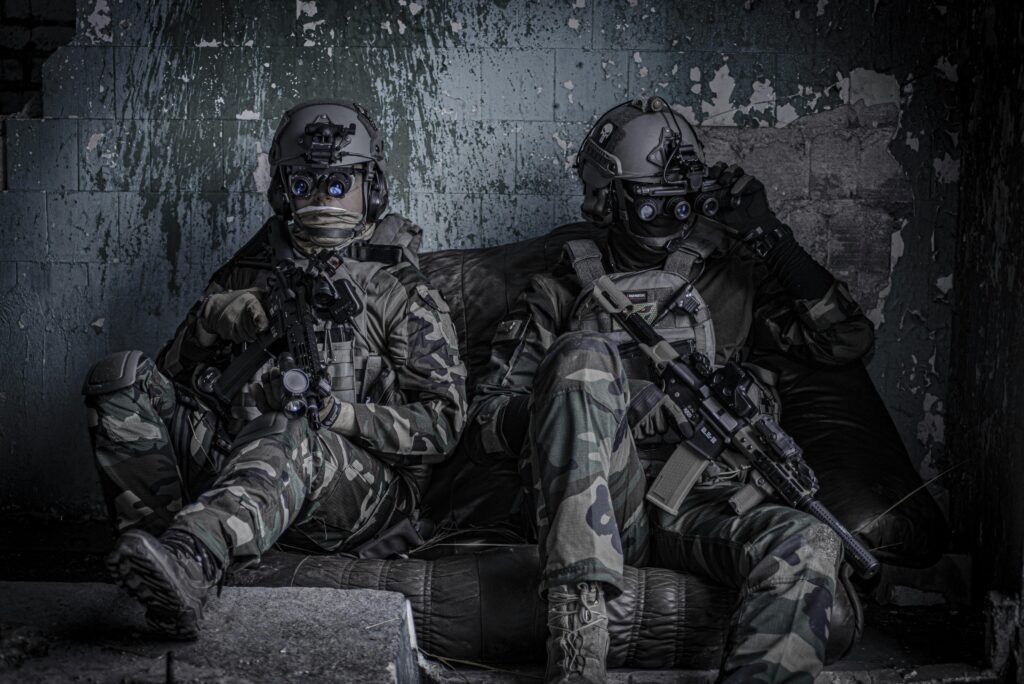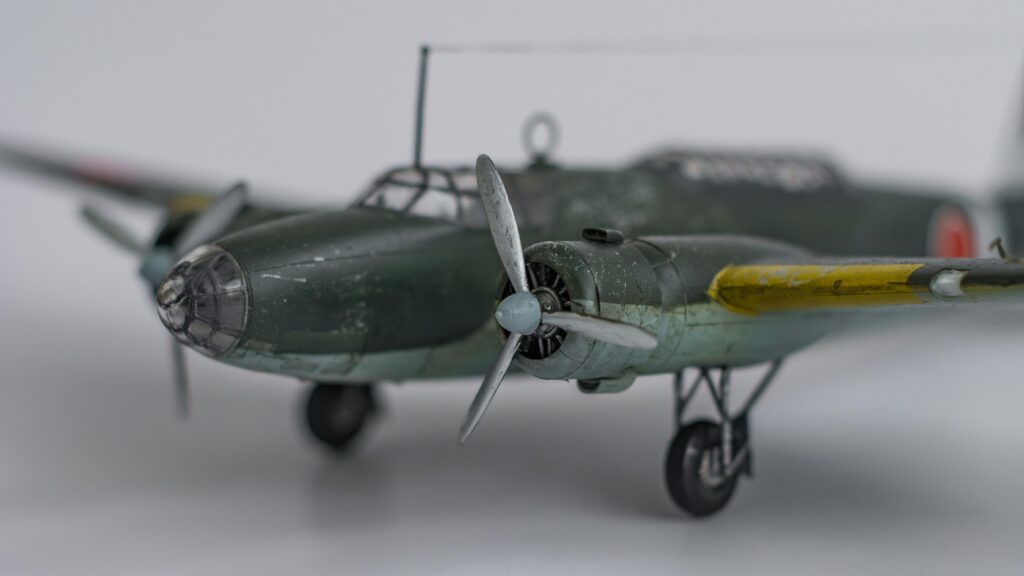The Battle of Manila Bay stands as one of the most pivotal naval engagements in American history, marking a decisive turning point in the Spanish-American War. Fought on May 1, 1898, this clash showcased the emerging naval power of the United States and set the stage for America’s expanded influence in the Pacific. In this article, we’ll dive into the strategic significance of the battle, the key players involved, and how this swift and resounding victory reshaped the course of the conflict—and ultimately, the future of the Philippines. Join us as we explore the drama and legacy behind the Battle of Manila Bay.
Table of Contents
- Introduction to the Battle of Manila Bay and Its Historical Significance
- Strategic Tactics and Naval Technologies That Shaped the Outcome
- Impact of the Victory on US Naval Power and Philippine Colonial Future
- Lessons Learned and Modern Naval Strategy Recommendations from the Battle
- Insights and Conclusions
Introduction to the Battle of Manila Bay and Its Historical Significance
The clash that took place on the morning of May 1, 1898, in the waters of the Philippines marked a turning point not only in the Spanish-American War but also in the trajectory of global naval power. This encounter showcased the emerging strength of the United States Navy against the declining Spanish fleet. Under the command of Commodore George Dewey, the U.S. Asiatic Squadron executed a swift and strategically brilliant attack that would echo through history as a clear demonstration of American naval superiority. The victory was achieved with minimal American casualties, emphasizing tactical precision and technological advancement, factors that reshaped naval warfare at the dawn of the 20th century.
Beyond the immediate military outcome, the ramifications of this event extended to political and imperial ambitions. It effectively ended Spanish colonial rule in the Philippines, opening the door for the United States to establish itself as a Pacific power. The battle also symbolized the transition of the United States from a largely continental nation to an international imperial force. Key points that highlight its historical significance include:
- Strategic dominance: Cemented U.S. control over the Philippine archipelago and secured a foothold in Asia.
- Naval innovation: Demonstrated the impact of modern steel warships and advanced naval tactics.
- Imperial expansion: Signaled the rise of American influence on the global stage, challenging European colonial powers.
Strategic Tactics and Naval Technologies That Shaped the Outcome
The tactical brilliance of Commodore George Dewey played a pivotal role in securing a swift victory. Opting for a direct, aggressive engagement at first light, Dewey exploited the element of surprise while maximizing the superior maneuverability of his fleet. The U.S. forces utilized continuous bombardment paired with rapid, coordinated ship movements, effectively disrupting the slower, less agile Spanish vessels. This approach prevented the Spanish fleet from regrouping or mounting an effective counterattack, demonstrating the importance of decisive command and real-time adaptability in naval warfare.
Technological innovations significantly amplified American dominance during the battle. The U.S. Asiatic Squadron leveraged advanced steel-hulled cruisers equipped with rapid-fire guns and modern smokeless powder, which provided greater range and accuracy. In contrast, the Spanish fleet relied largely on outdated ships and munitions, putting them at a severe disadvantage. Additionally, American ships featured superior armor and more efficient steam engines, allowing for sustained high speeds and better positioning. Together, these advancements reshaped naval combat dynamics and underscored how technological superiority can decisively influence the outcome of maritime conflicts.
Impact of the Victory on US Naval Power and Philippine Colonial Future
The triumph at Manila Bay marked a pivotal moment in the expansion of US naval power, underscoring the Navy’s emerging role as a dominant force on the global stage. This victory not only showcased technological advancements, such as the effective use of steel warships and modern artillery, but also validated the strategic doctrines emphasizing fleet mobility and firepower concentration. As a result, the United States accelerated its naval modernization programs, investing in larger fleets and establishing key overseas bases, which would serve as critical launchpads for power projection throughout the Pacific and beyond.
Moreover, the outcome reshaped the geopolitical landscape of the Philippines, thrusting the archipelago into American colonial hands and setting the stage for major political and social transformations. The US government introduced new administrative structures aimed at modernizing infrastructure, education, and governance, yet also faced resistance from Filipino nationalists seeking independence. This complex colonial future was framed by both opportunity and conflict, as the islands became a strategic asset for the United States in asserting influence over Asia-Pacific trade routes and regional affairs.
- Boosted US naval confidence: Cemented status as a Pacific power.
- Technological validation: Steel ships and advanced artillery proved decisive.
- Colonial governance: Initiated American-style institutions and reforms in the Philippines.
- Strategic geopolitical asset: The Philippines became a pivotal foothold in Asia.
Lessons Learned and Modern Naval Strategy Recommendations from the Battle
The Battle of Manila Bay underscored several critical lessons that continue to resonate in modern naval strategy. Foremost among these is the necessity for technological superiority coupled with rigorous training and coordination. The U.S. Navy’s effective use of advanced steel warships and rapid-firing guns outmatched the aging Spanish fleet, illustrating how innovation can redefine engagement outcomes. Modern navies must prioritize maintaining cutting-edge capabilities in weaponry, sensors, and communication systems to ensure operational dominance. Equally important is the element of surprise and intelligence gathering, as demonstrated by Commodore Dewey’s maneuvering—strategic positioning and real-time intelligence remain indispensable in contemporary naval warfare.
Translating these lessons into today’s strategic framework calls for a multidimensional approach:
- Investment in Unmanned Systems: Incorporating drones and autonomous vessels can enhance reconnaissance and strike precision.
- Network-Centric Operations: Seamless integration across platforms ensures rapid data sharing and coordinated responses under complex threat scenarios.
- Emphasis on Flexibility and Rapid Response: Deployable forces equipped for multiple mission profiles increase adaptability in evolving maritime contingencies.
- Joint and Allied Cooperation: Strengthening coalition interoperability maximizes collective security and force projection capabilities.
By embracing these principles, modern naval forces can honor the tactical brilliance exhibited at Manila Bay while effectively addressing contemporary threats in an increasingly contested maritime domain.
Insights and Conclusions
The Battle of Manila Bay stands as a pivotal moment in both American and world history—a clash where strategy, technology, and determination converged to deliver a decisive victory for the United States. This naval engagement not only marked the decline of Spanish colonial power in the Pacific but also ushered in a new era of American influence on the global stage. Reflecting on the battle’s significance offers valuable insights into how naval warfare and geopolitical ambitions shaped the course of the Spanish-American War and, ultimately, the 20th century. As we remember this historic encounter, it remains a testament to the profound impact that well-executed military strategy can have on the fate of nations.













